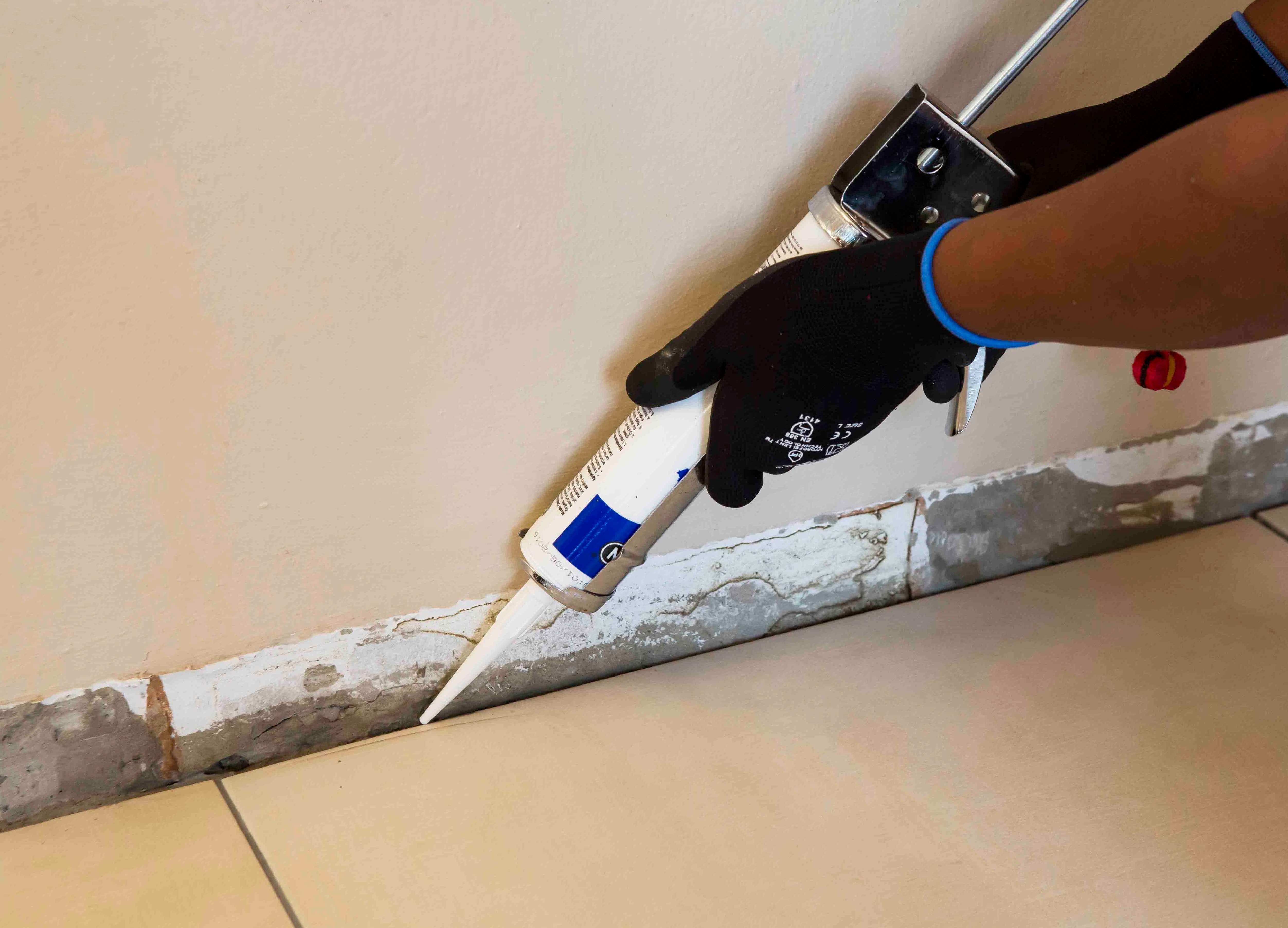How to ensure that your external tiled area is waterproofed
As the rainy season raises its head, you may come to realise that your balcony was not sealed or waterproofed correctly. Carrying out the proper background preparation procedures in waterproofing exterior suspended areas before tiling takes place is essential. This ensures the prevention of water leaking through grout and adhesive, which can cause tile failure if it seeps into the substrate or lower levels. The result is water damage shown on ceilings and walls of the levels below a balcony or terrace. It must be noted that this could also happen it the water outlet on the floor of the outside tiles area is not draining properly, thereby flooding the balcony.
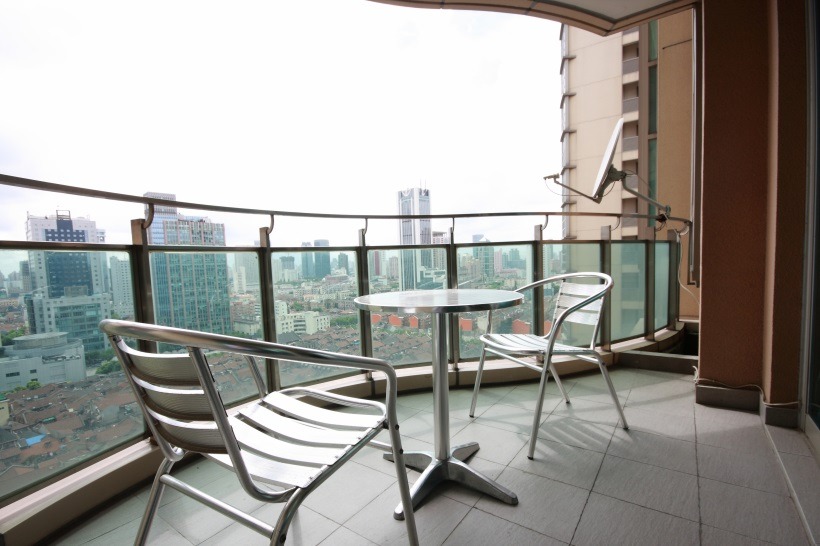

Porous natural stone tiles and even light-coloured ceramic tiles stand a chance of changing colour when the tile installation experiences moisture ingress from the surface of the installation. The best way of determining the root of the problem, is to consult a professional tiling contractor. Of course, it is possible to waterproof and tile over existing tiles, provided the existing tiles are in good condition and firmly attached to the substrate – but ensure that the tiles are not cracked, loose or hollow sounding, and that the level of the current floor allows for a height increase, especially concerning door entrances. That being said, if the waterproofing system has failed, the most thorough solution is to remove the tiles and start the waterproofing and tiling process from scratch. It is best to attend to the water damage as soon as possible, before leaks cause damp patches on the ceilings of rooms below the installation.
STEPS TO FOLLOW WHEN WATERPROOFING AND TILING AN AREA EXPOSED TO THE ELEMENTS:
Waterproofing
Waterproof the substrate with an acrylic based liquid waterproofing system, a waterproofing compound which is available from tile and home improvement retailers. TAL offers TAL SUPERFLEX, an acrylic based liquid waterproofing system which is acrylic-based and does not re-emulsify if exposed to water once fully cured, and the compound is also UV resistant and flexible.
You will need:
- A primer e.g: TAL FLOOR PRIMER or TAL FLOORKEY
- A waterproofing system e.g. TAL SUPERFLEX
- A reinforcing membrane e.g TAL Superflex1 Membrane
- Block brush
- Roller
- Silicone sealant
Step 1: Priming
- Ensure the substrate is in good condition, clean and dry.
- Prime rough, porous surfaces with TAL FLOOR PRIMER and smooth, dense surfaces with a TAL FLOORKEY slurry coat (one part TAL FLOORKEY to two parts tile adhesive powder or 1.5 parts ordinary Portland cement, by volume).
- Paint the primer onto the surface using a block brush, and allow to dry completely before proceeding.
Step 2: Application
- Apply a 10mm silicone bead in all internal corners and interfaces to allow for movement. Take care to ensure that the silicone bead is not flattened out and allow the silicone application to cure for 12 – 24 hours.
- Apply a first coat of TAL SUPERFLEX to corner and interface areas. Bed the TAL SUPERFLEX Membrane, 200mm wide immediately, into the wet TAL Superlex1 and ensure that there are no wrinkles or air bubbles trapped beneath the membrane. The membrane must be pushed into the corners, to further ensure that the entire interface is covered with TAL Superflex1 Membrane. Then apply a second coat of TAL SUPERFLEX to completely saturate the membrane before the first coat dries.
- For the primary area of application, apply the first coat of TAL SUPERFLEX over the clean, primed surface. Immediately bed the TAL SUPERFLEX Membrane into the wet TAL SUPERFLEX. Ensure that there are no wrinkles or air bubbles trapped beneath the membrane and that the membrane is adhered to the substrate by pressing the membrane with the roller in two different directions. Apply a heavy coat of TAL SUPERFLEX over the membrane to completely saturate the membrane before the first coat dries.
- Check that the main application overlaps the corner applications by at least 50mm.
- Allow the TAL SUPERFLEX system to dry completely for at least three days (depending on ambient conditions) starting your tile installation.
- Never start the waterproofing application if it is about to rain as rain will dilute uncured TAL SUPERFLEX and cause run-off. Protect the system from rain or water immersion for at least three days after the application.
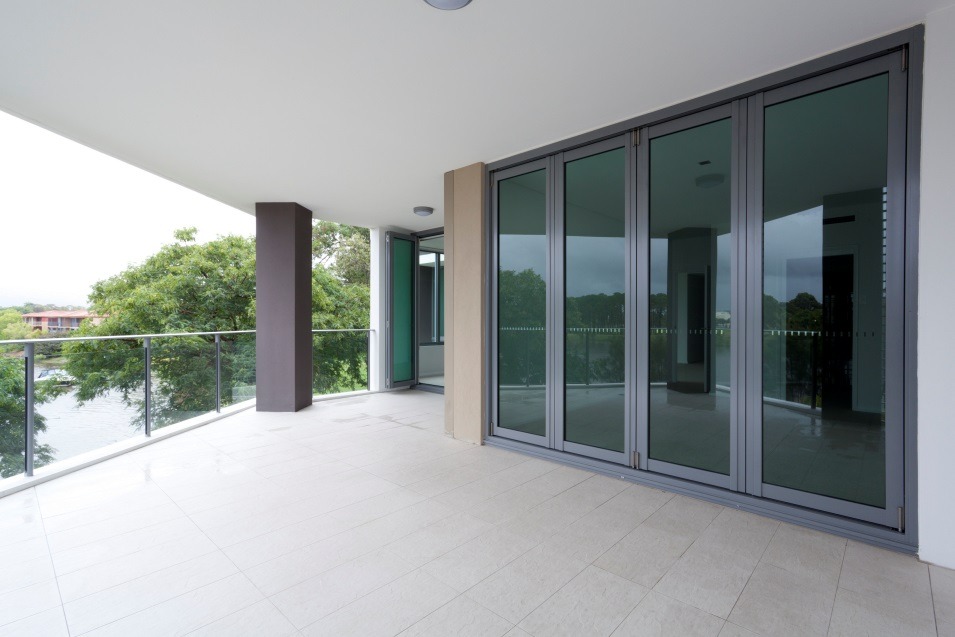

-
Tiling
Step 1: Tile selection
- Use slip-resistant and textured tiles when tiling an exposed and wet area. If you are considering natural stone tiles, remember that they require additional sealing after installation.
Step 2: Adhesive and grout system
- Use a rapid- or quick-setting adhesives as, due to the impervious nature of the waterproofed substrate, standard-setting adhesives will take longer to set.
- The adhesive and grout system must be able to accommodate thermal expansion and contraction in the installation due to temperature fluctuations and frost. The tile installation also has to be water resistant as it will be exposed to rain.
- Use a water resistant and flexible adhesive and grout system to install the tiles. Mix the adhesive and grout with a latex additive, such as TAL BOND to achieve this system.
- When using a latex based additive in the adhesive or grout mixture, use the full amount of additive as stipulated in the instructions on the packaging. The latex additive should be used as a total water replacement in the mix - never dilute the latex-based additive with water as this will weaken the mix strength and the adhesive and grout will not perform to their designed specifications in terms of enhanced flexibility and water resistance.
A latex-based additive improves the water resistance of the adhesive and grout, but doesn’t make the installation waterproof, something to keep in mind as you approach you tile installation process.
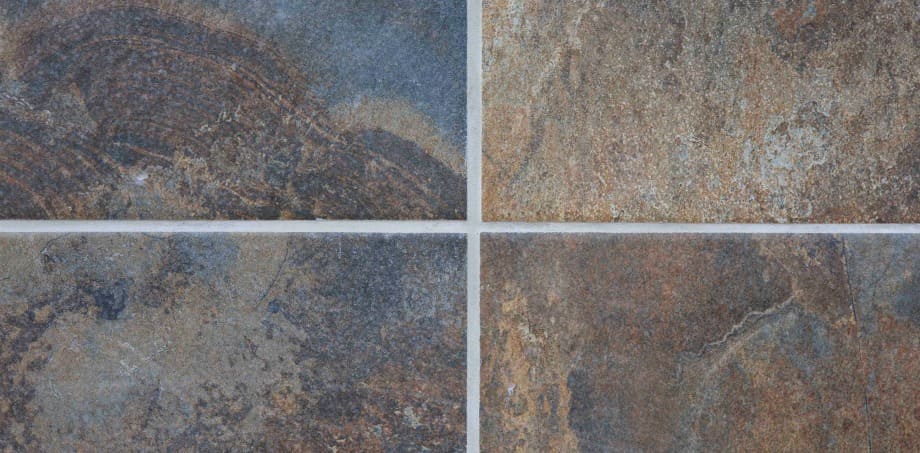

-
Newly installed grout should be allowed to dry for 48 hours before the shower is used. See our infographic on how to revive your grout here.
CHECK THE PERIMETER OF THE SHOWER FLOOR
-
The joint around the perimeter of the shower floor and drain should also be inspected as these are areas where water can permeate through into the tile installation and thus into the substrate. To allow for movement in the tile installations, this joint should be filled with a suitable (shower type) resilient joint sealant. Perhaps the joint was filled with a cementitious grout, or the incorrect type of sealant was used.
If the problem still persists:
-
Provided that the existing tiles are in good condition and firmly attached to the substrate, and of course that the installation allows for added height of new adhesive and tiles, it is possible to waterproof and tile over the existing tiles.
-
Waterproof the shower up to shower rose height, using TAL Superflex or TAL Sureproof waterproofing compounds. See how to waterproof a shower here.
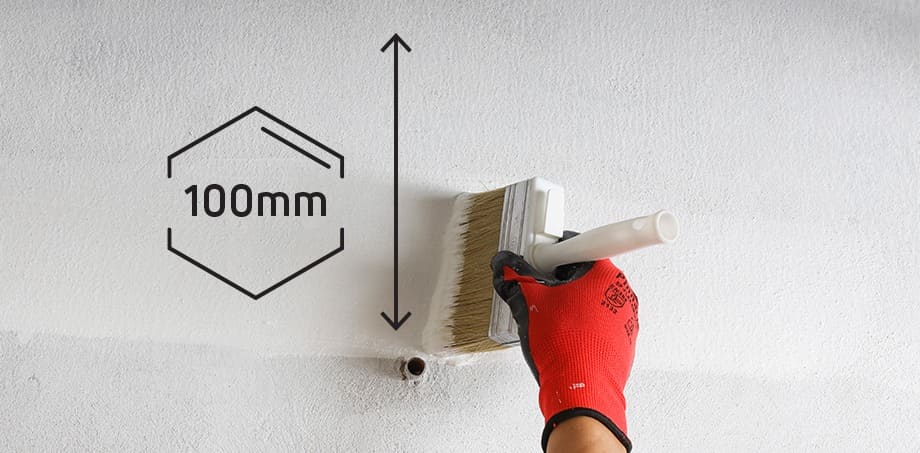

-
Thereafter install the new tiles using a latex-modified adhesive and grout system. TAL Bond should be used as a total water replacement in the adhesive and grout mix to improve the water-resistance of the adhesive and grout.
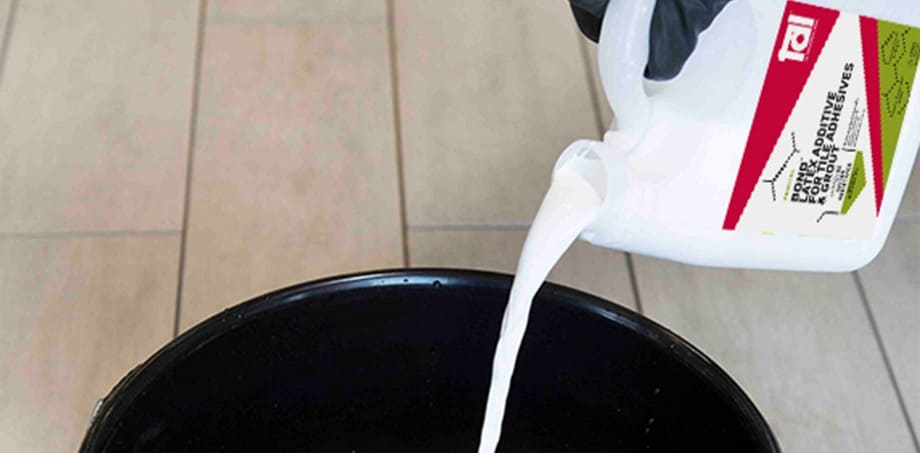

TAL can issue a Materials and Methods Specification for a tiling installation.
Contact the TAL Technical Advice Centre number on 0860 000 TAL (825) to request a specification.
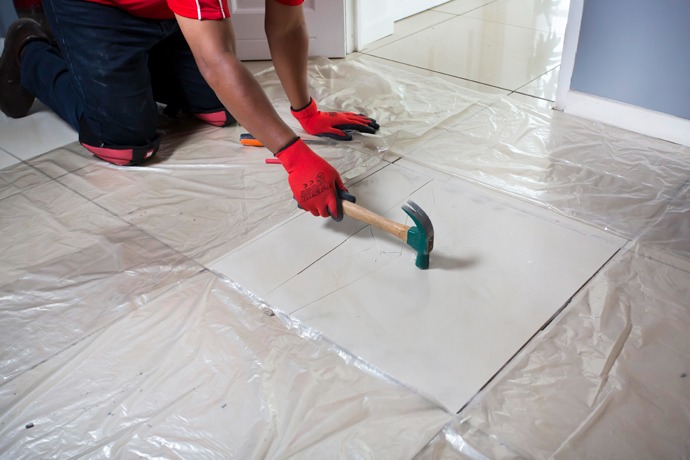



Where necessary, use a grout squeegee to apply additional adhesive to fill in any voids in the grout joints.
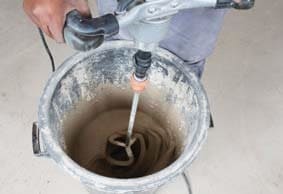

STEP 7
Pour the mix onto the floor and spread with a TAL Notched Floor Rake or a TAL Adjustable Floor Spreader to the required thickness. (The size of the notch of the TAL Floor Rake or the height adjustment of the TAL Adjustable Floor Spreader will determine the thickness). It is recommended to wear TAL Spiked Shoes during the installation
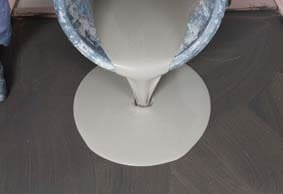

STEP 8
Roll the area using a TAL Spiked Roller to facilitate the release of any trapped air to produce a smooth surface, and to allow it to dry.
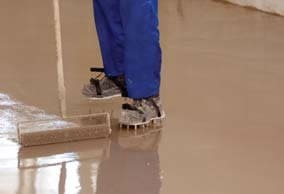

Allow the screed installation to dry for 24 hours before subjecting to foot traffic (or other trades) or installing floor coverings.


TAL MOSAICFIX is available in 20 kg and 5 kg bags from leading retail outlets.
Designed to be 100% compatible, using the TAL range of products ensures fully guaranteed multi-level tiling systems from a single source. TAL products are manufactured in South Africa to suit local climatic conditions.
If you are in any doubt, contact the TAL Technical Advisory Service on 0860 000 TAL (825), email [email protected]. Alternatively, employ the services of an experienced and skilled mosaic tiling contractor.




When replacing tiles, it is not always possible to apply the TALFIX directly to the floor, in which case apply the adhesive in a solid bed onto the back of the tile, ensuring complete coverage. Gently trace the notched side of a floor trowel through the adhesive to create ‘ridges’.


Adhesive system
When tiling onto existing tiles, it is important to only use a quick- or rapid-setting adhesive, as the existing tiles will present a dense, impervious surface, and standard-setting adhesives will take longer to dry. Too early trafficking of newly-installed tiles before the adhesive has set sufficiently can result in hollow-sounding or loose tiles.
Use TAL Tile-To-Tile quick-setting adhesive for tiling onto interior surface beds. When tiling onto suspended slabs and for external installations mix the TAL Tile-To-Tile with TAL Bond, replacing the water in the mix. Alternatively, TAL Bond Powder can be added to the adhesive mixing water.
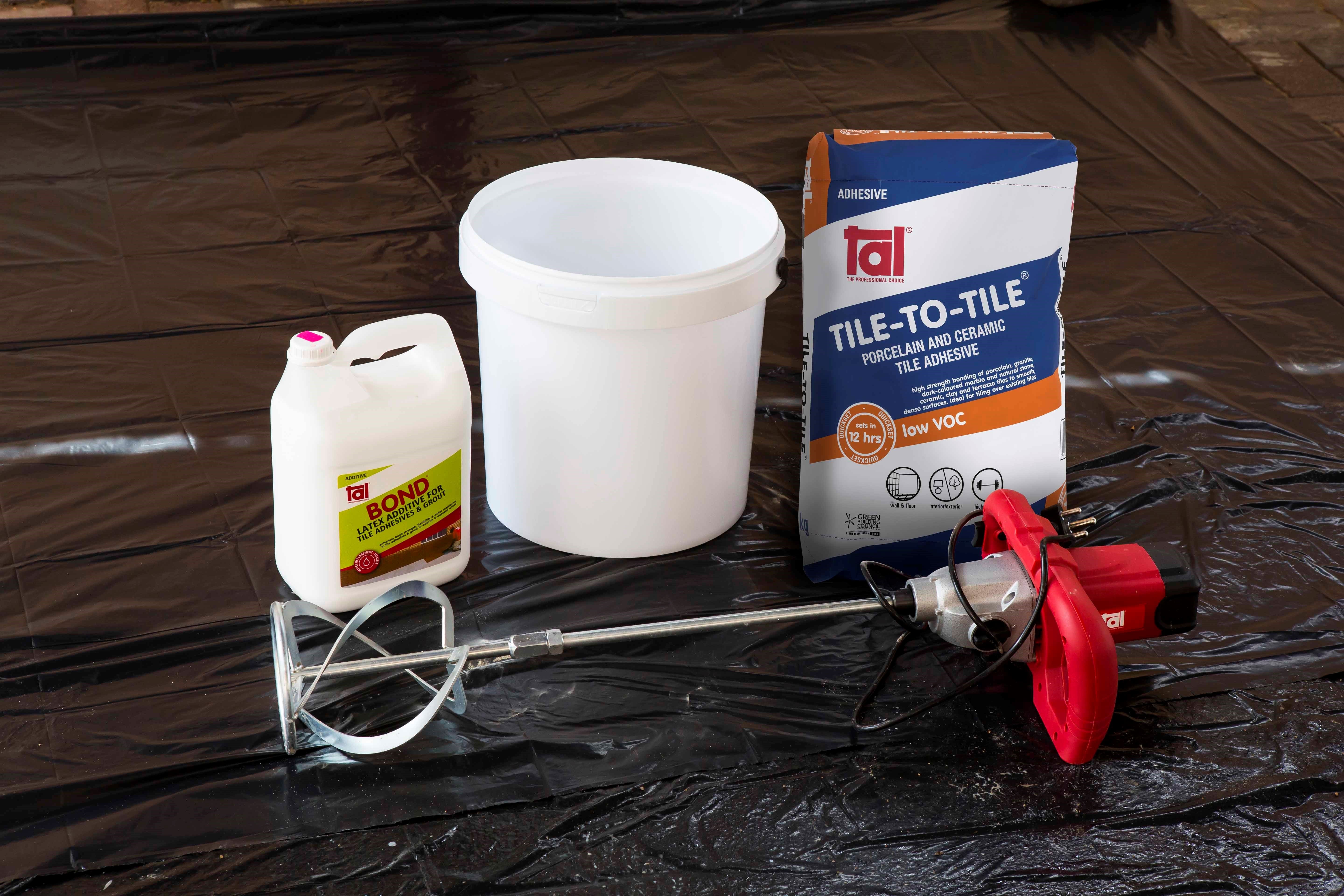

Ensure that there is a solid bed of adhesive at least 6 mm thick beneath each tile.
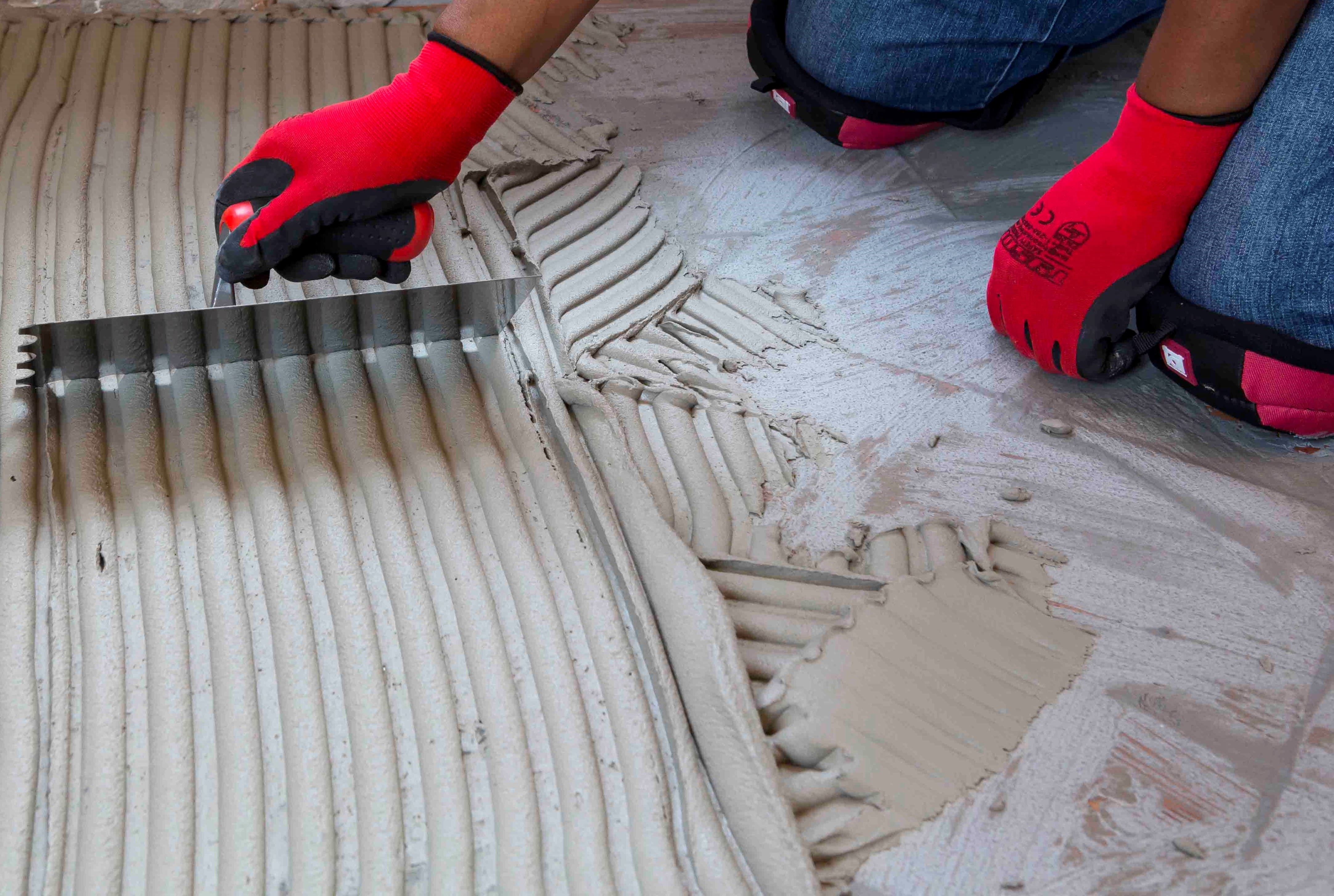

Back buttering with a thin coat of adhesive may also be required when using large-format tiles to ensure full contact with the adhesive bed.
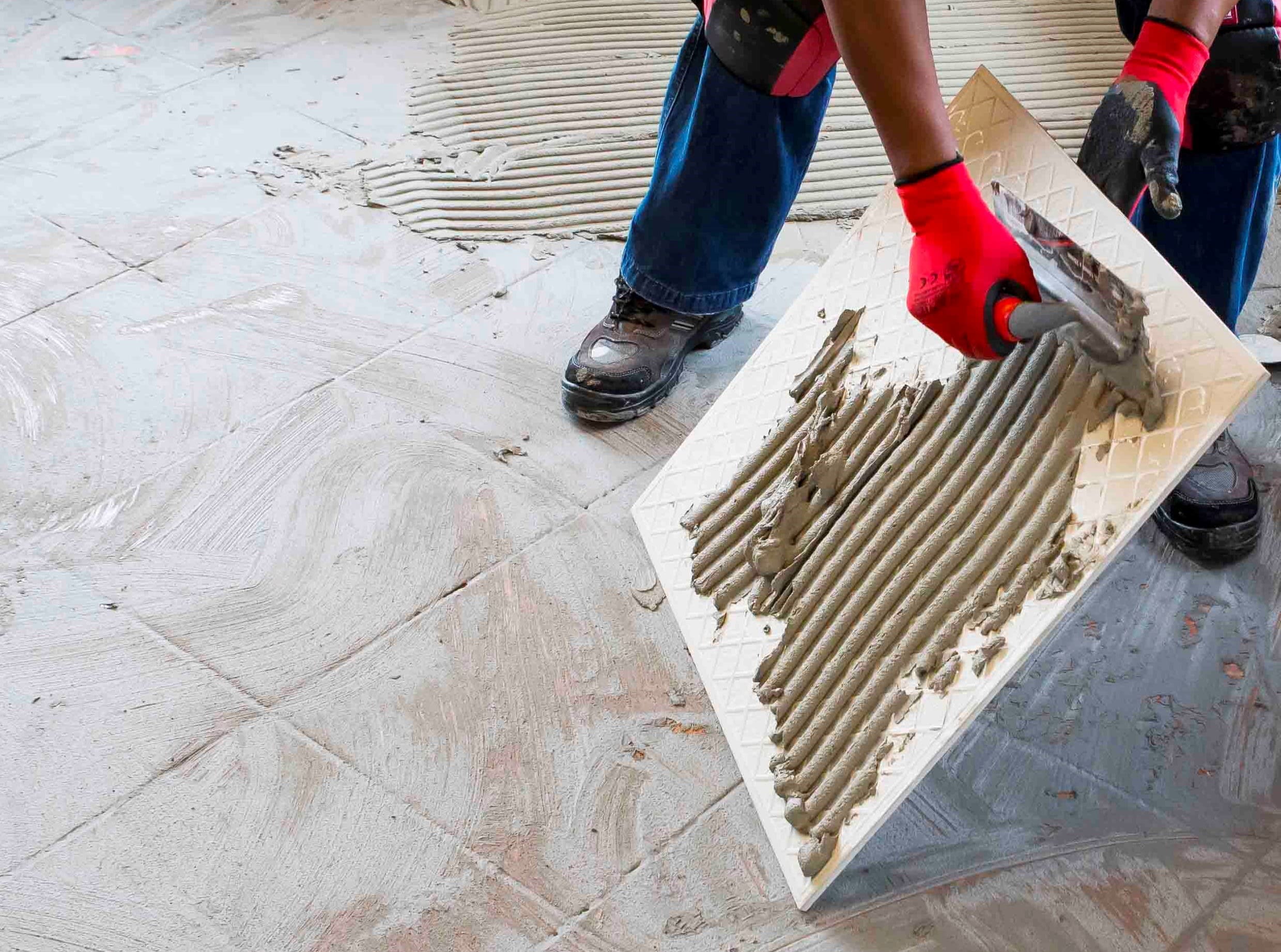

Grouting
Grouting should not be carried out until the adhesive has set sufficiently to prevent the tile installation from being disturbed during the grouting operation (always refer to the adhesive packaging for setting times). When using TAL TAL Tile-To-Tile, allow a minimum of six hours before grouting.
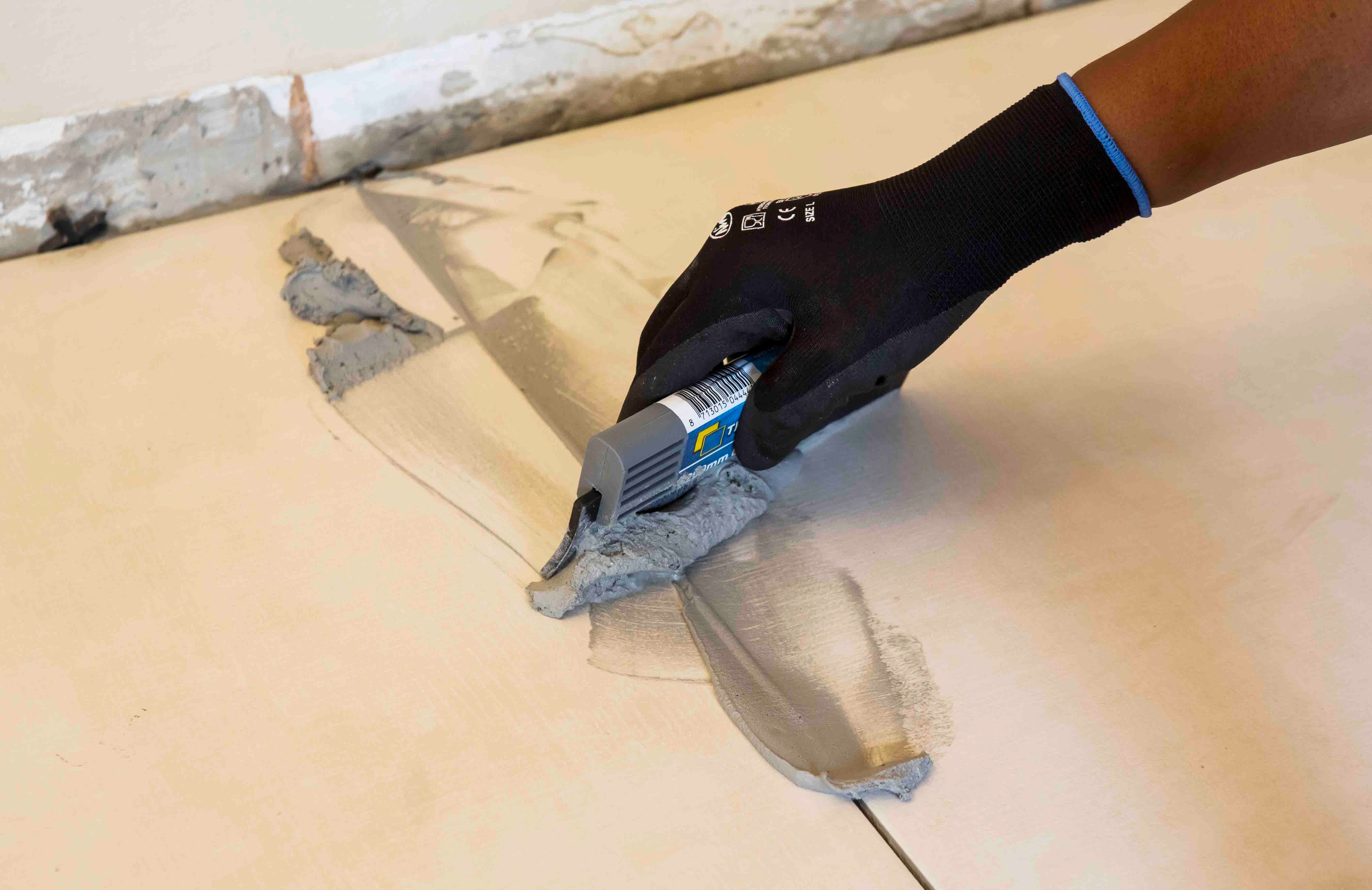

For interior surface beds, use TAL Wall & Floor Grout for filling tile joints up to 8 mm wide. TAL Quarry Grout can be used in wider joints up to 25 mm wide. On suspended slabs and for external installations, replace the water in the grout mix with TAL Bond, or add TAL Bond Powder to the grout mixing water.
Particular care must be taken to clean the grout off the tile face before it hardens completely. This is especially important when an additive such as TAL Bond or TAL Bond Powder has been used. A tile sample should be tested beforehand to ensure that no grout is absorbed through the glaze or into the tile body, thereby staining the tiles permanently.
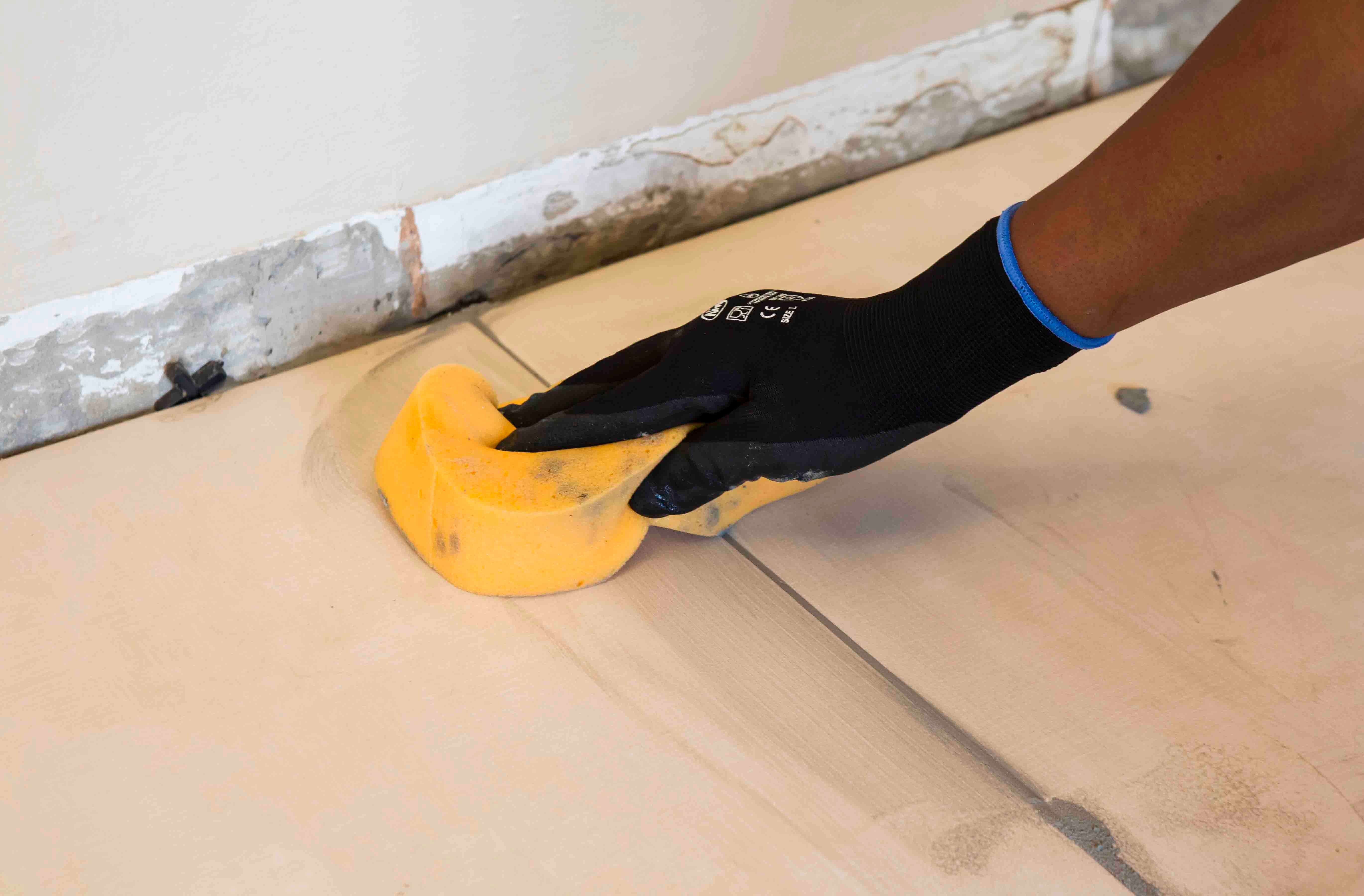

Movement joints
The lack of movement joints in tile installations is a major cause of tile failure. When tiling over existing tiles, the existing structural and movement joints must be maintained in the new tile installation. The movement joints should be at least 5 mm wide and extend through the adhesive and both tile layers.
